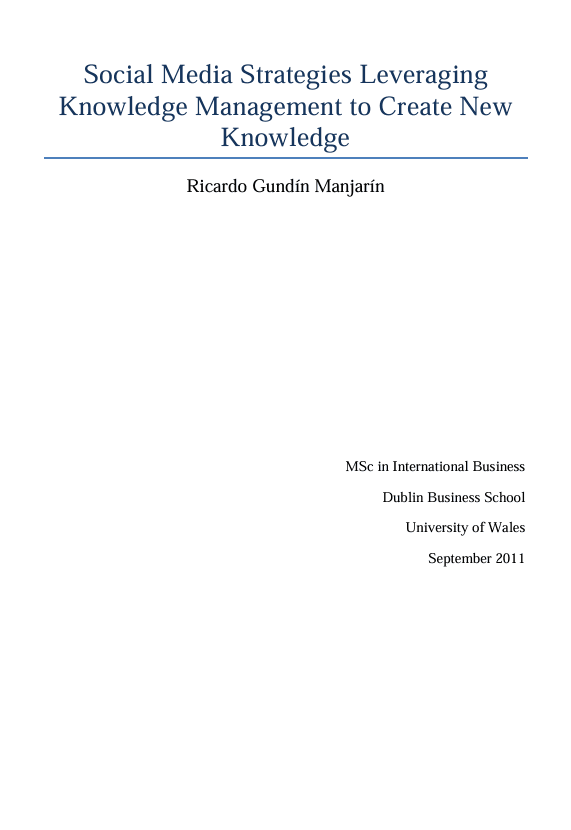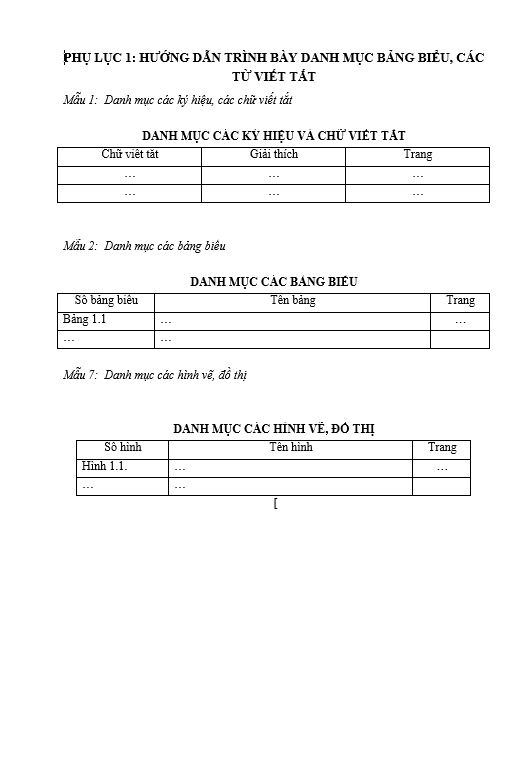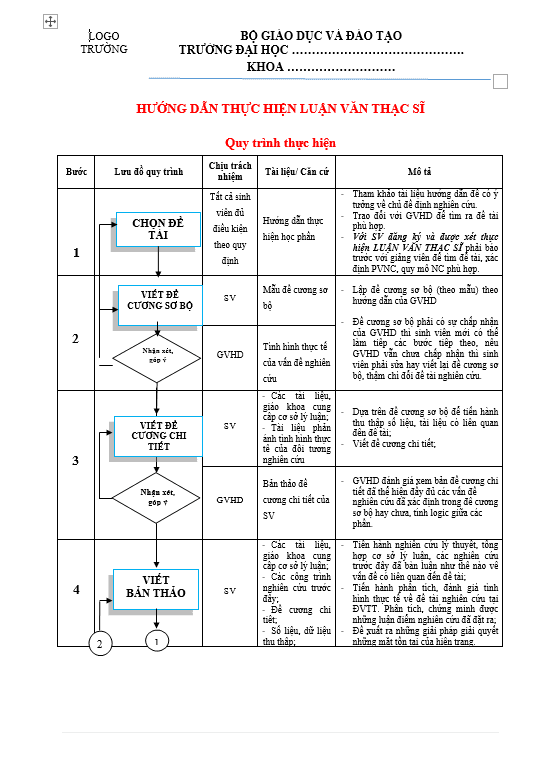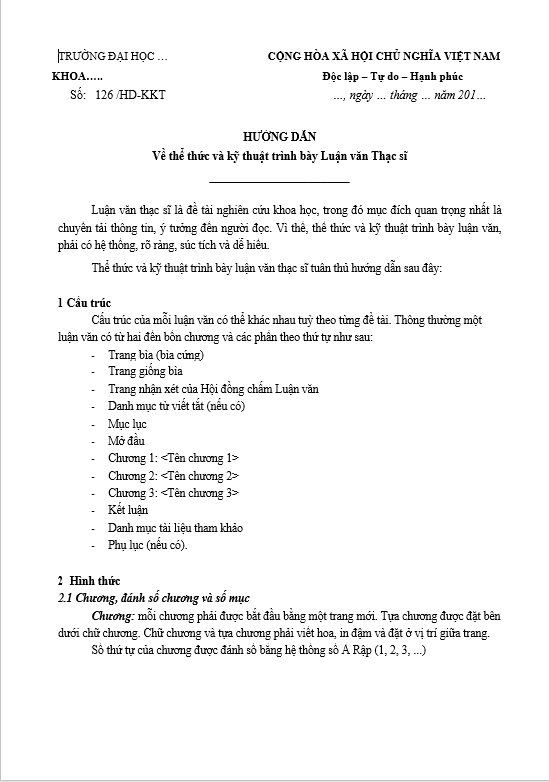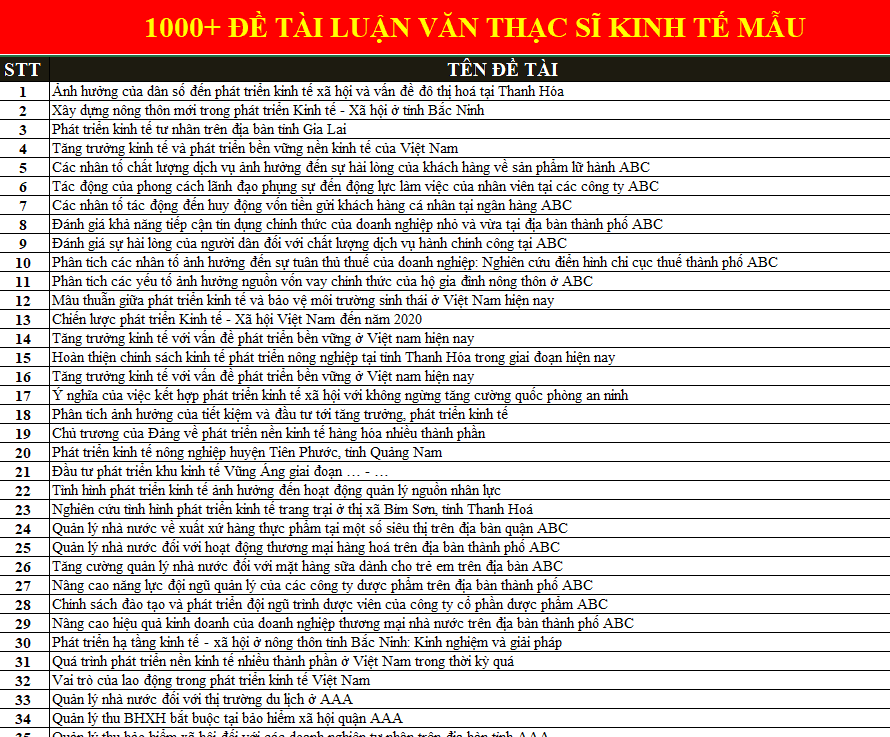TABLE OF CONTENTS
DECLARATION ………………………………………………………………………………………………………………. 3
STATEMENT 1 ……………………………………………………………………………………………………………….. 3
STATEMENT 2 ……………………………………………………………………………………………………………….. 3
STATEMENT 3 ……………………………………………………………………………………………………………….. 3
Table of Contents ……………………………………………………………………………………………………………… 5
List of Tables …………………………………………………………………………………………………………………… 8
List of Figures ………………………………………………………………………………………………………………….. 9
Acknowledgements …………………………………………………………………………………………………………. 10
Abstract …………………………………………………………………………………………………………………………. 11
1. Introduction ………………………………………………………………………………………………………………. 1
1.1. Background ………………………………………………………………………………………………………… 1
1.2. Rationale for undertaking this topic ………………………………………………………………………… 1
1.3. Aim of the research ……………………………………………………………………………………………… 2
1.4. Research question ……………………………………………………………………………………………….. 3
1.5. Organization of the dissertation ……………………………………………………………………………… 3
2. Literature Review ………………………………………………………………………………………………………. 4
2.1. Knowledge Management ………………………………………………………………………………………. 4
2.1.1. Introduction …………………………………………………………………………………………………. 4
2.1.2. What is Knowledge? ……………………………………………………………………………………… 5
2.1.3. Types of Knowledge ……………………………………………………………………………………… 7
2.1.4. The SECI Model…………………………………………………………………………………………… 8
2.1.5. Mechanism to create knowledge ……………………………………………………………………. 10
2.2. Social Media …………………………………………………………………………………………………….. 12
2.2.1. Introduction ……………………………………………………………………………………………….. 12
2.2.2. Social Networks for Business ……………………………………………………………………….. 13
2.2.3. The importance of social media strategies ……………………………………………………….. 14
2.3. Conclusion ……………………………………………………………………………………………………….. 16
3. Research Methodology ……………………………………………………………………………………………… 17
3.1. Introduction ……………………………………………………………………………………………………… 17
3.2. Research philosophy ………………………………………………………………………………………….. 17
3.3. Research approach …………………………………………………………………………………………….. 18
3.4. Research strategy ………………………………………………………………………………………………. 19
3.5. Research choice ………………………………………………………………………………………………… 20
3.6. Time horizons …………………………………………………………………………………………………… 20
3.7. Techniques and procedures………………………………………………………………………………….. 20
3.7.1. Data collection methods……………………………………………………………………………….. 21
3.7.2. Data analysis procedures ……………………………………………………………………………… 25
3.8. Limitations of the methodology ……………………………………………………………………………. 25
3.9. Conclusion ……………………………………………………………………………………………………….. 26
4. Findings and Results …………………………………………………………………………………………………. 27
4.1. Background ………………………………………………………………………………………………………. 27
4.1.1. Nationality ………………………………………………………………………………………………… 27
4.1.2. Gender ……………………………………………………………………………………………………… 28
4.1.3. Age ………………………………………………………………………………………………………….. 29
4.1.4. Experience ………………………………………………………………………………………………… 30
4.2. Social Networks ………………………………………………………………………………………………… 30
4.2.1. LinkedIn ……………………………………………………………………………………………………. 31
4.2.2. Facebook …………………………………………………………………………………………………… 31
4.2.3. Twitter ……………………………………………………………………………………………………… 32
4.2.4. Other networks …………………………………………………………………………………………… 32
4.3. Knowledge Creation…………………………………………………………………………………………… 33
4.3.1. The use of SM in Knowledge Creation …………………………………………………………… 33
4.3.2. The use of SM in the Transformation of Knowledge …………………………………………. 34
4.3.3. The use of SM in the Externalisation of Knowledge ………………………………………….. 35
4.3.4. The use of SM in the Combination of Knowledge …………………………………………….. 36
4.3.5. The use of SM in the Internalisation of Knowledge …………………………………………… 37
4.4. Corporate Strategy …………………………………………………………………………………………….. 38
4.4.1. The link between KM and the Competitive Strategy …………………………………………. 38
4.4.2. The importance of ‘Keep it simple’ ………………………………………………………………… 39
4.4.3. The importance of ‘Debate assumptions, no forecast’………………………………………… 40
4.4.4. The importance of ‘Speak a common language’ ……………………………………………….. 41
4.4.5. The importance of ‘Discuss the resource deployment early’ ……………………………….. 41
4.4.6. The importance of ‘Clearly identify priorities’ …………………………………………………. 42
4.4.7. The importance of ‘Continuously monitor performance’ ……………………………………. 43
4.4.8. The importance of ‘Reward and develop execution capabilities’ …………………………. 44
4.5. General thoughts ……………………………………………………………………………………………….. 45
4.5.1. Should the SM strategies search for predicted effects when they are trying to create
Knowledge?…………………………………………………………………………………………………………….. 45
4.5.2. Why?………………………………………………………………………………………………………… 46
4.5.3. The role of top managers ……………………………………………………………………………… 48
4.5.4. Is KM missing the opportunity of SM? …………………………………………………………… 49
4.5.5. Further comments ……………………………………………………………………………………….. 50
4.6. Conclusion ……………………………………………………………………………………………………….. 52
5. Discussion ………………………………………………………………………………………………………………. 53
5.1. Conversion of Knowledge through SM ………………………………………………………………….. 53
5.2. Evaluation of the most popular Social Networks and their ability to create Knowledge ….. 55
5.3. Identification of links between the competitive strategy and the strategy to create
Knowledge …………………………………………………………………………………………………………………. 57
5.4. Analysis of possible focuses of SM strategies: Predicted or unpredicted effects?…………… 59
5.5. Evaluation of the top managers role in the implementation of SM strategies ………………… 60
5.6. Conclusion ……………………………………………………………………………………………………….. 61
6. Conclusion and Recommendations ………………………………………………………………………………. 62
6.1. Introduction ……………………………………………………………………………………………………… 62
6.2. Social Media to leverage Knowledge Management ………………………………………………….. 62
6.3. Areas for future research …………………………………………………………………………………….. 64
7. Bibliography ……………………………………………………………………………………………………………. 65
8. Appendices ……………………………………………………………………………………………………………… 69
8.1. Covering Letter …………………………………………………………………………………………………. 69
8.2. Questionnaire ……………………………………………………………………………………………………. 70

